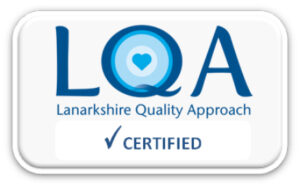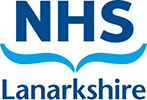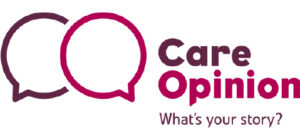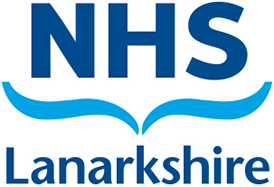Information and exercises for Calcaneovalgus Foot in the Newborn
Information for patients
NHS Lanarkshire Maternity Department
PIL.CALCAN.22_02858.L
What is a Calcaneovalgus Foot?
Calcaneovalgus foot is a common foot condition in newborn babies. It causes the foot to rest upwards and outwards, with the toes almost touching against the shin.
What causes a Calcaneovalgus Foot?
It is normally caused by the baby’s position in the womb due to lack of space towards the last few weeks of pregnancy.
There is nothing wrong with your baby’s bone or joint development and the foot can be gently moved through a normal range of movements. You may notice the muscles around the ankle and foot are a bit tight when you’re trying to move it but that is normal and nothing to worry about.
What can I do to help?
This calcaneovalgus foot position should get better without any treatment from physiotherapists or doctors but you can also help
by carrying out some gentle stretching exercises.
You should carry out the exercises when your baby is relaxed and they won’t hurt your baby
Exercise 1 Gently bring your baby’s foot inwards to a neutral position. This means the foot should be facing straight out, not pointing up or down. Hold for 10 seconds. This should not be painful for your baby
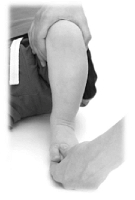
Exercise 2 Gently bring your baby’s foot downwards, stretching the top of the foot. Hold for 10 seconds. This should not be painful for your baby.
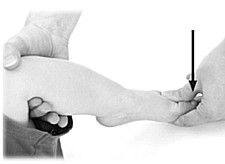
Points to remember
- Always stretch the foot gently when your baby is relaxed
- Keep your baby’s knee bent when doing the exercises
- Do the exercises a few times every day. Try to fit them into your daily routine, for example with every nappy change
- Dress your baby in loose clothing to allow for them to move their feet freely
Once your baby’s foot stays in a natural position and doesn’t point inwards, you do not need to do the exercises any longer.
Your baby’s feet should stay in a natural position within 3 months and your baby does not need any follow up appointment. If you are worried about the position of your baby’s feet after 3 months you can speak with your GP or Health Visitor for further advice.
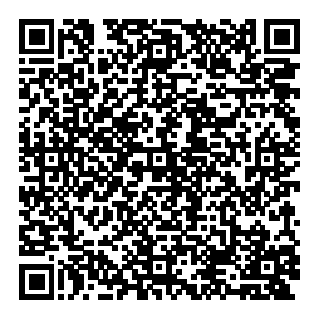
Pub. date: February 2022
Review date: February 2024
Issue No: 01
Reference: PIL.CALCAN.22_02858.L
If you need this information in another language or format, please e-mail:
